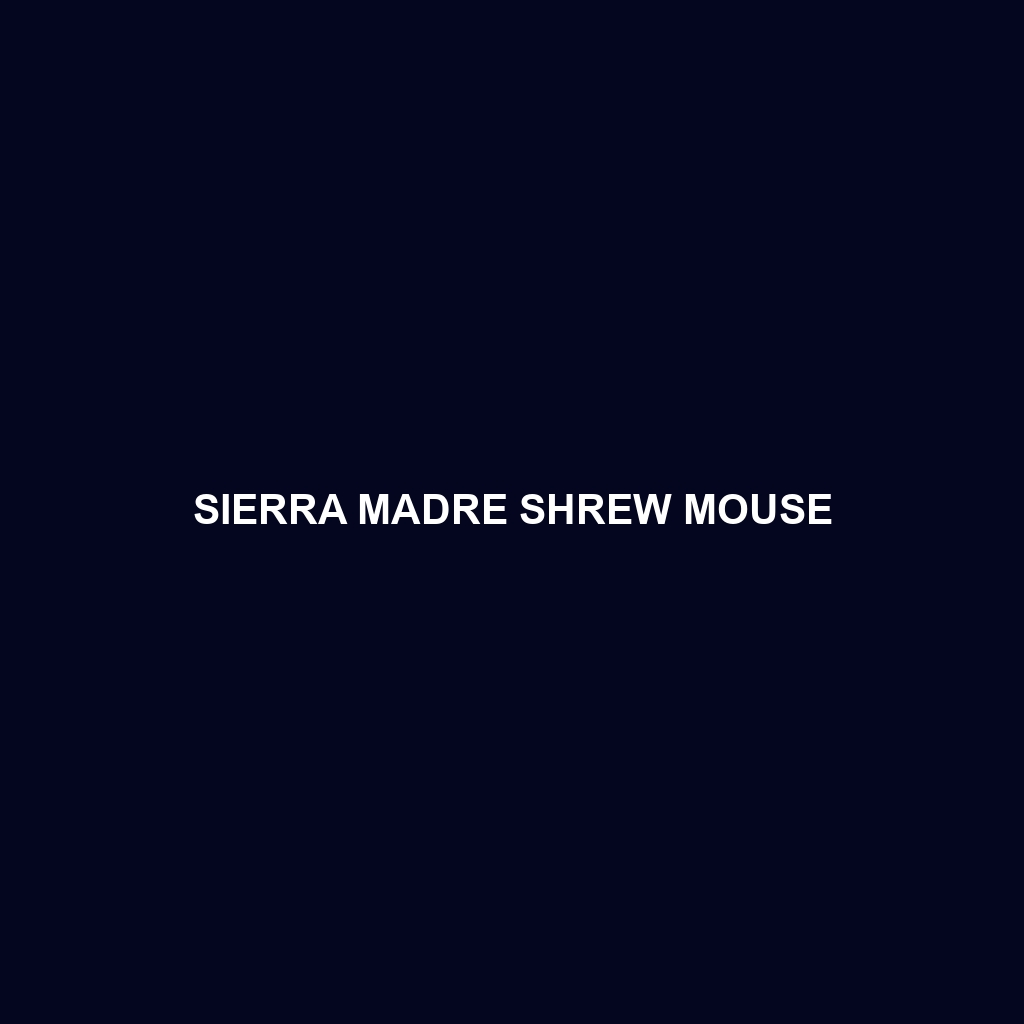Lesser Blind Mole-rat
Common Name: Lesser Blind Mole-rat
Scientific Name: Spalax leucodon
Habitat
The Lesser Blind Mole-rat is primarily found in southeastern Europe and parts of the Middle East. This species thrives in grasslands, shrublands, and cultivated fields. They prefer well-drained soils, where they can easily burrow and create extensive underground tunnels. Their habitat often extends from the plains of Hungary to the steppes of central Asia, making them adaptable to various environmental conditions within these regions.
Physical Characteristics
The Lesser Blind Mole-rat typically measures between 15 to 25 cm in length, with a robust body covered in soft, dense fur that can range from light brown to dark gray. They possess a distinctive cylindrical shape with a pointed snout and small, almost non-functional eyes, which is an adaptation to their subterranean lifestyle. Their strong claws are essential for digging, allowing them to efficiently navigate their underground burrow systems.
Behavior
These mammals are largely solitary and spend their lives underground, exhibiting primarily nocturnal behavior. They are excellent diggers and will create intricate tunnel networks that can span several meters in depth. Lesser Blind Mole-rats communicate through vocalizations and scent marking, and they tend to be territorial within their burrows. Their unique adaptations to life underground also include enhanced tactile senses, compensating for their lack of vision.
Diet
The diet of the Lesser Blind Mole-rat mainly consists of tubers, roots, and underground plant parts. They are herbivorous creatures, primarily feeding on a variety of grasses and herbs, which they can find in their subterranean foraging. Their specialized teeth allow them to efficiently gnaw through tough plant material, making them well-suited to their diet.
Reproduction
Breeding typically occurs in spring, with females giving birth to a litter of 3 to 6 young after a gestation period of about 30 days. The offspring are born blind and hairless, relying on their mother for warmth and nourishment. After a few weeks, they begin to develop fur and open their eyes, becoming more independent as they mature and venture into the tunnels.
Conservation Status
The Lesser Blind Mole-rat is currently classified as *Least Concern* by the IUCN, but some localized populations may face threats due to habitat destruction and agricultural expansion. Conservation efforts are essential to ensure their populations remain stable and their habitats are preserved.
Interesting Facts
– The Lesser Blind Mole-rat is named for its reduced eyesight, making it one of the most adept burrowers among rodents.
– Their unique tunneling skills not only aid in their survival but also help aerate the soil, benefiting local vegetation and ecosystems.
Role in Ecosystem
In the ecosystem, the Lesser Blind Mole-rat plays a crucial role in soil aeration and nutrient cycling through its burrowing activities. Their feeding habits help manage plant growth and contribute to the health of their habitats by promoting biodiversity. Additionally, they serve as prey for various predators, creating an integral link in the food web.
